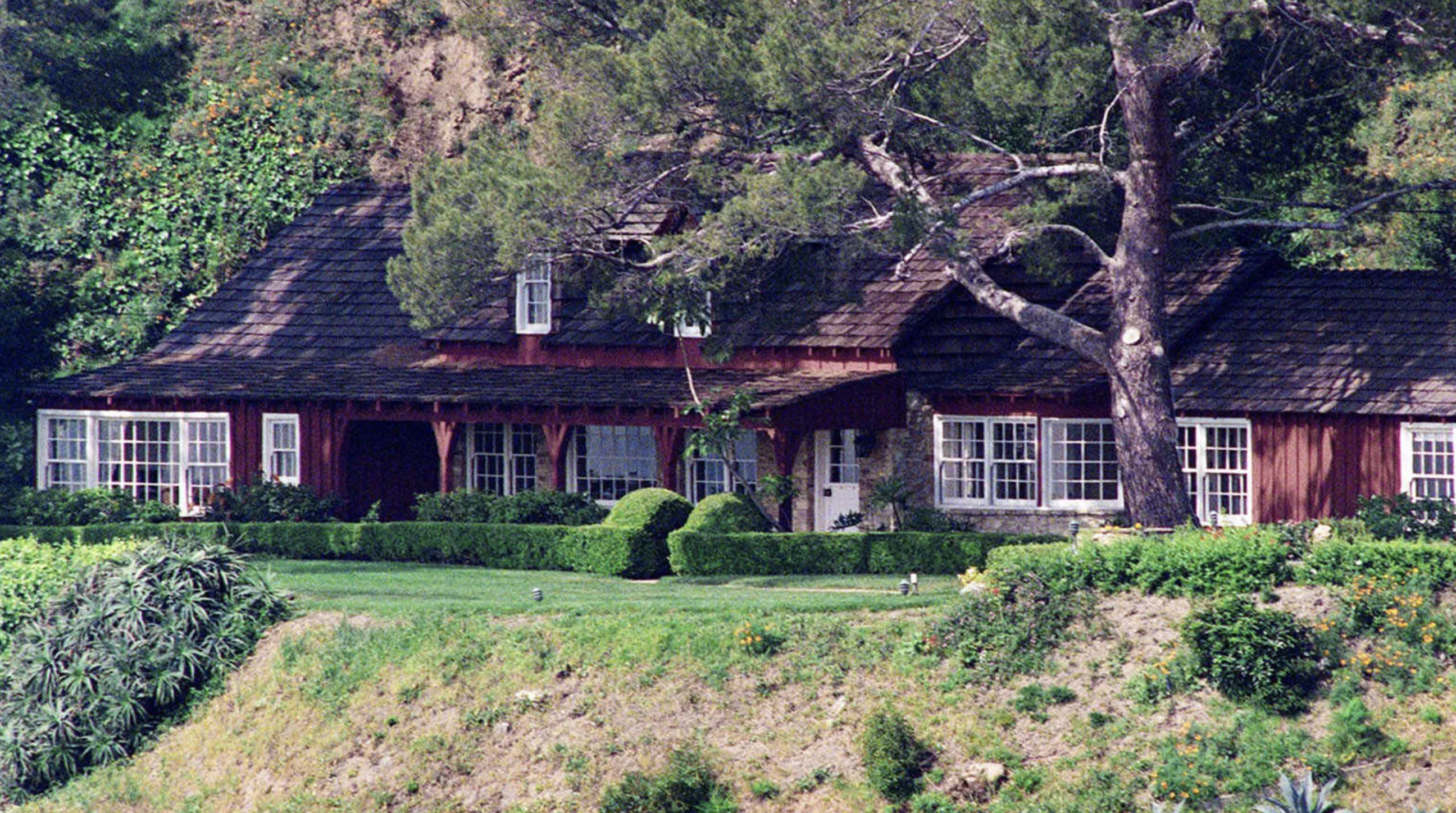Earlier today I spent a few hours reading this and that portion of Quentin Tarantino‘s “Once Upon A Time in Hollywood” paperback. I have to say that I relished almost all of it.
QT’s prose isn’t quite on the level of the great Elmore Leonard, but it reads straight and clean and without a hint of hesitance or snazziness for its own sake. Page by page it doesn’t fuck around, and delivers all kinds of ripe flavor and embroidery in terms of the various characters and their backstories, and overall you just fly through the chapters.
The book, which I bought last night at the New Beverly for $11 and change, is somewhat “better” than the film, to be honest, and the more I read the more I wished that OUATIH had become a ten-part Netflix series, using each and every line in this 400-page novel. Just go for it…just sprawl it all the fuck out.
I was especially taken with a two-page scene between a red-kimono-wearing, half-bombed Rick Dalton and the real Steve McQueen, the latter sitting behind the wheel of his car outside the gate to the Polanski-Tate home and kind of half-dismissing Dalton but at the same time half-listening to him. Then they reminisce how they once played three pool games (okay, two and a half) at Barney’s Beanery back in ’62.

Not in the movie, of course…
I also love a chapter called “The Twinkie Truck” (pgs. 156 to 175). It’s mostly about the adventures, ambitions and psychology of one Charles Manson, who really wanted to be a rich and famous rock star and knew deep down that all of his spiritual guru sermons and posturings were more or less a bullshit side activity.
This is real-deal history according to QT and common knowledge, and it’s fascinating to consider some of the particulars about Manson’s interactions with Dennis Wilson, Terry Melcher, Candice Bergen and Mark Lindsay, and how one night Manson even jammed with Neil Young.
There’s another chapter called “Misadventure”, and it basically focuses on Cliff Booth‘s half-accidental murder of his needling, boozy wife, Billie, with a “shark” gun (whatever the hell that is) and the ins and outs of that episode. Again, you’re asking yourself “why wasn’t some of this material used in the film, and if it couldn’t fit why didn’t Tarantino shoot it anyway and create a 10-hour version down the road?”
Excerpt: “No one really knew for sure if Cliff shot her on purpose. It could have been just a tragic mishandling of diving equipment, which is what Cliff always claimed. But anyone who had ever seen a drunken Billie Booth berate Cliff in public in front of his colleagues didn’t buy that.
“How did Cliff get away with it? Easy — his story was plausible and it couldn’t be disproven. Cliff felt real bad about what he did to Billie. But it never occured to him not to try and get away with murder.”
Excerpt #2, pg. 167, focusing on Sharon Tate: “She liked the bubble-gum hits she heard on KHJ. She liked that song ‘Yummy Yummy Yummy’ and the follow-up song by the same group, ‘Chewy Chewy.’ She liked Bobby Sherman and that ‘Julie’ song. She loved that ‘Snoopy vs. The Red Baron’ song.
“She wouldn’t tell this to Roman [Polanski], who once made a face and said ‘I hate that bubble-gum garbage.’ But to be completely honest, she liked The Monkees more than The Beatles.
“She knew they weren’t a real group — they were just a TV show made to capitalize on the popularity of the Beatles. Nevertheless, in her heart of hearts, she preferred them. She thought Davy Jones was cuter than Paul McCartney (as evidenced by her attraction to Roman and Jay…she had thing for short guys who looked like twelve-year-old boys). She thought Mickey Dolenz was funnier than Ringo Starr. She was more attracted to Michael Nesmith‘s ‘quiet one’ than to George Harrison. And Peter Tork seemed just as much of a hippie as John Lennon, but less pretentious and probably a nicer fellow.
“Yeah, sure, the Beatles wrote all their own music, but what the fuck did Sharon care about that? If she likes ‘Last Train to Clarksville’ better than ‘A Day in the Life”, she likes it better — she doesn’t care who wrote it.”
